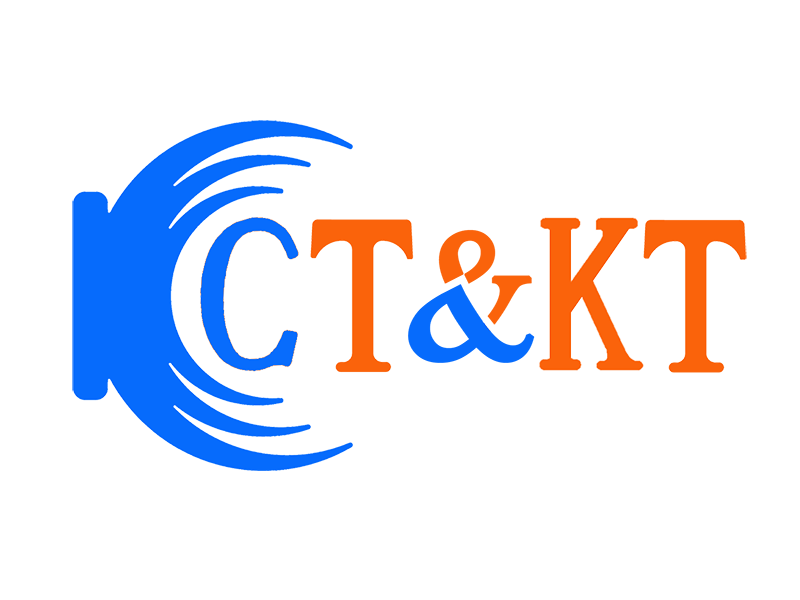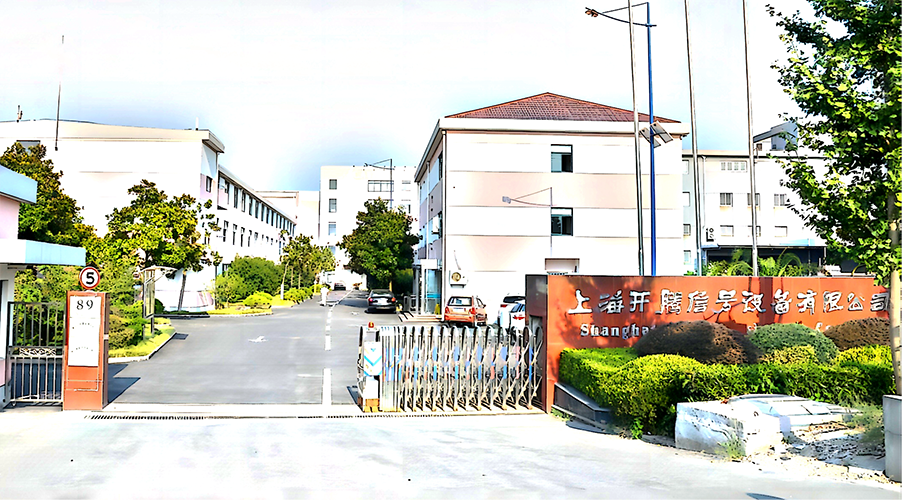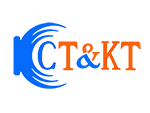What are the requirements for LED products to enter the North American and European markets?
Release Time : 2023-06-19 View Count : 次LED products as a new generation of green lighting gradually rose to the global application, at the same time with the recovery of the global economic situation and the development of China's LED industry, the scale of China's semiconductor lighting industry continues to grow, among which LED general lighting is still the most important driving force of market development. The export of LED lighting products is everywhere in overseas markets, and the export regional structure is more balanced. Among them, the North America and the European Union have become the two largest regions of LED products export in China, but the LED lamp products in the two regions have different degrees, how to meet the regulatory requirements of the two places and the market demand has been the focus of Chinese manufacturers.
1. Access requirements of the United States and Canada
LED lamps exported to the North American market also require US regulatory electrical safety, electromagnetic compatibility, energy efficiency, and chemical testing requirements that vary differently from the EU Directive:
a. Electrical safety test
The Occupational Safety Administration and Health (OSHA) of the Department of Labor requires that products used in the workplace must be tested and certified by the National Accredited Laboratory (NRTL) to ensure the safety of users, Therefore, most electrical products entering the US market must comply with the NRTL mark, OSHA authorizes the international certification bodies as NRTL issuing agencies to test and issue certificates according to the applicable standards of the products; For the Canadian market, Electrical products sold in Canada or imported into Canada must be verified, The test must be performed by a Canadian Standards Board (SCC) accredited laboratory.
Lighting standards in North America differ greatly from the EU IEC, and electrical safety testing in North America does not need to consider the requirements of EMF. The lighting standard in North America usually determines the scope of the standard according to the installation use and the place of use.
For example: fixed installed ceiling lamp, embedded ceiling lamp and other applicable standards are ANSI / UL 1598 and CAN / CSA C22.2 No.250.0, if these lamps are using LED light source, ANSI / UL 8750 and CSA C22.2 No.250.13; If LED lamps adopt built-in electronic power supply, the built-in electronic power supply line shall also meet the requirements of UL1310 or UL60950-1.
b. Energy efficiency test
Some areas of the United States also provide different degrees of financial subsidies for energy Star or DLC certified lighting products; the current energy efficiency tests of LED bulbs and lamps mainly focus on LED lamps and DLC, Lighting Factslabel they are all voluntary requirements, the federal minimum energy efficiency requirements (DOE) has not yet included LED bulbs and LED lamps into the control scope. However, in California, portable LED lamps must meet the special requirements of energy consumption in California.
1). ENERGYSTAR Energy efficiency certification of the Energy Star
ENERGY STAR The Energy Star logo is jointly created by the United States Environmental Protection Agency (Environmental Protection Agency, EPA) and the Departmentof Energy (Departmentof Energy, DOE) to ensure that the energy efficiency of the products listed meet the regulatory requirements, but it is a voluntary test certification. Currently, energy Star Lampsprogram V1.1 and the latest version V2.0 can be adopted, but since January 2,2017, Lampsprogram V2.0 must be adopted; for LED lamp products, Energy Star test requirements version Luminaire program V2.0 has officially taken effect on June 1,2016. There are three main kinds of applicable LED bulbs: non-directional lamp, directional lamp and non-standard lamp. Energy Star has strict requirements on the relevant photoelectric parameters, flash frequency and lumen maintenance and life of LED bulbs. The test method cites two standards: LM-79 and LM-80. In the new energy Star rule bulb LampV2.0, it greatly improves the light efficiency requirements of the bulb, expands the product performance and range, and increases the classification level of energy efficiency and performance. The EPA will continue to focus on power factors, dimming, flashing, accelerated aging solutions and connected products.
2). Lighting Factslabel Energy efficiency certification
It is the department of energy (DoE) announced the implementation of the voluntary energy efficiency label project, currently only for LED lamps and lanterns products, it is intended to "Give them the Facts", is to make lighting products to data more specific and more credibility requirements, from five aspects to disclose the product real performance parameters: lumen lm, initial light efficiency lm/W, input power W, related color temperature CCT, color rendering index CRI. The range of LED lamps applicable to this project is: complete lamps with AC city power or DC power supply, low voltage 12V AC or DC lamps, LED lamps with separable power supply, and linear or modular products.
3). Energy efficiency certification for the DLC
The full name of the DLC is "The Design Lights Consortium". A voluntary energy efficiency certification program initiated by the Northeast Energy Efficiency Partnership (Northeast Energy Efficiency Partnerships, NEEP), the DLC certified product catalog is used for the promotion of high-performance LED lamps across the United States that have not yet been covered by the Energy Star (ENERGYSTAR) standard. The latest version of the current DLC technical requirements form is V4.0, which has been implemented since September 1,2016. The lighting products mainly focus on outdoor commercial and industrial building LED lamps, such as outdoor wall lamps, garage lamps, industrial and mining lamps, outdoor LED lamps and LED lamps and other lighting products. Its main performance requirements for the product: total light flux, ring belt light flux, light efficiency, color temperature, color rendering index, light pass maintenance rate, power factor, harmonic distortion. DLC certification requires that the product be tested and reported by a third party laboratory approved by NVLAP.
4). FTC energy efficiency labeling
According to the Federal Trade Commission FTC Act, LED lights are sold in the US market with energy label on the packaging box and light body, and disclose the annual power consumption and life information of the product to the public. The FTC energy efficiency label is similar to the above Lighting Facts Label label, but the FTC energy efficiency label is mandatory. See the FTCenergyguidelabel Requirements Regulation: 16CFR305.
5). The US California energy efficiency requirements
In order to improve the efficiency of electrical products, the California Energy Commission (California Energy Commission)) legally implemented the Electrical Energy Efficiency Regulation (Appliance Efficiency Regulation) on December 30,2005. A total of more than 20 types of products into the State of California must comply with the energy efficiency and efficiency of the regulatory requirements. The latest requirement is the CEC regulation promulgated and implemented in October 2015. For lighting products, removable LED lamps must meet CEC energy efficiency requirements for sale in California, and testing must be completed in a CEC accredited laboratory.
6). Canadian Energy efficiency testing requirements
For lighting products, NRCanada has controlled general fluorescent lamps, general incandescent reflective lamps and general lamp products, but there is no mandatory energy efficiency requirements for LED light source lighting products.
c. FCC. S / ICES test requirements
FCC Is the mandatory certification of radio harassment (EMI) characteristic limits for telex video products, but it does not include the test requirements of EMS (radio anti-interference); the FCC certification test of LED lamps is quite different from the EMC certification test in EU CE.
FCC Certification method is divided into Verification (self-certification), Declarationof Conformity (announcement) and Certification (certification) three modes, the certification method, depends on the type of products, such as LED panel lamp product FCC test standard is FCC 47 CFR part 15B, certification type is: Verification. Note that the FCC certification of LED lamps and lanterns is divided into Class A (LED lamps used in industrial and commercial environment) and Class B (LED lamps used in residential environment) two categories, two types of test limits completely different, CE certification radio harassment test limit standard only one, limit is similar to Class B in FCC, a 9k-30 MHz electromagnetic field radiation test.
Canada has also established mandatory electromagnetic compatibility requirements for electrical products, or ICES, which is a mandatory certification of the Ministry of Industry (Industry Canada). The standard for LED lamp products is ICES-005, which is basically consistent with FCCpart15B, but the radiation test is extended to 1000 MHz. From December 1,2016, ICES-005Issue4 was officially implemented, and Canada no longer accepts ICES005.












